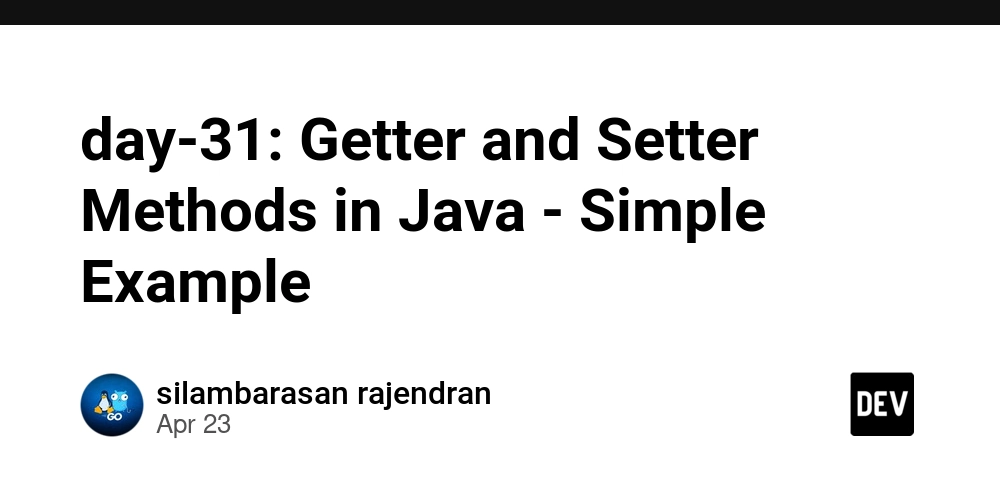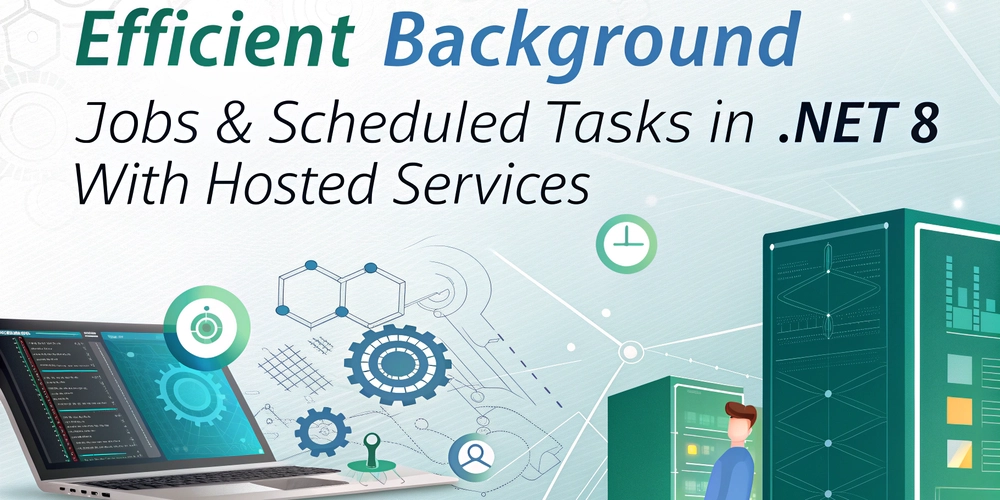Unifying Blockchain, Cryptocurrencies, and Asset Tokenization: A Holistic Overview Revised
Abstract This post offers a comprehensive look at how blockchain technology, digital currencies, and asset tokenization converge to redefine modern finance. We explore historical context, critical features, practical use cases, regulatory and technical challenges, and emerging trends such as interoperability and open-source funding. With technical yet accessible language, detailed tables and bullet lists, and relevant links to authoritative sources—including our Original Article—this post provides a clear roadmap for both seasoned developers and newcomers interested in this rapidly evolving space. Introduction Blockchain technology is at the heart of digital transformation today. Its distributed ledger and decentralized mechanisms have paved the way for cryptocurrencies and asset tokenization, revolutionizing traditional finance and ownership models. This post is designed to explain how these three key domains—blockchain, cryptocurrencies, and asset tokenization—intertwine to empower everything from global payments and DeFi applications to fractional ownership of high-value assets. We will also provide insights into technical innovations such as smart contracts, cross-chain bridges like the Arbitrum Bridge, and regulatory challenges facing the ecosystem. Background and Context Blockchain first emerged as a trustless, decentralized solution during a period of financial crisis in 2008. The technology’s core concept was to use a distributed ledger to secure transactions without relying on centralized authorities. The advent of Bitcoin demonstrated that cryptography and decentralization could together eliminate many inefficiencies in traditional finance. Over a decade later, blockchain has evolved into a robust ecosystem: Digital Currencies: Cryptocurrencies leverage blockchain technology to offer global, low-cost, and rapid transactions. They remove intermediaries and ensure privacy and security through cryptographic techniques. Asset Tokenization: Real-world assets, from property to art, are converted into digital tokens stored on a blockchain. This process creates liquidity in markets where traditionally high entry barriers existed. Open-Source Movement: By embracing open-source principles, blockchain platforms have accelerated innovation. Code transparency fosters trust and collaboration, which is crucial in building resilient ecosystems. Historically, blockchain’s evolution has been marked by milestones such as the creation of Bitcoin, the explosion of Ethereum with its smart contracts, and the proliferation of decentralized finance (DeFi) applications. Today, the momentum continues with platforms that facilitate cross-chain interoperability—ensuring that digital assets can move seamlessly between different blockchains—as detailed in the in-depth exploration available at Arbitrum and Blockchain Interoperability. Core Concepts and Features Understanding how blockchain, cryptocurrencies, and asset tokenization work begins with grasping some core technical principles: Blockchain Fundamentals Distributed Ledger Technology (DLT): All transactions are recorded on a network shared by multiple nodes, ensuring transparency and redundancy. Decentralization: No single entity has control; every participant maintains a copy of the ledger. Immutability: Once data is recorded, it can never be altered without consensus, preventing fraud. Security: Advanced cryptographic methods protect data integrity and secure transactions. These features provide a strong foundation for applications that prioritize security, transparency, and efficiency. Cryptocurrencies and Digital Payments Cryptocurrencies are digital assets that leverage blockchain technology. Key benefits include: Faster Transactions: Eliminating intermediaries speeds up cross-border transactions. Lower Costs: Reduced fees compared to traditional banking methods. Financial Inclusion: They enable underserved regions to access global financial systems. Modern developments have introduced features such as smart contracts, which are self-executing agreements that remove the need for centralized oversight. Detailed audits and security assessments are crucial here, as advanced systems like those discussed at Arbitrum and Smart Contract Audits ensure trust. Asset Tokenization Tokenization takes physical or intangible assets and converts them into digital tokens. This process offers: Liquidity: Enables real estate, art, and even collectibles to be easily traded. Fractional Ownership: Investors can own a portion of expensive assets, democratizing investment opportunities. Transparency: Every token transaction is recorded on a blockchain, verifying authenticity and provenance. A simplified table below compares the three sectors: Technology Key Features Primary Benefits Blockchain Distributed ledger, decentralization, immutability Enhanced transparency, security,
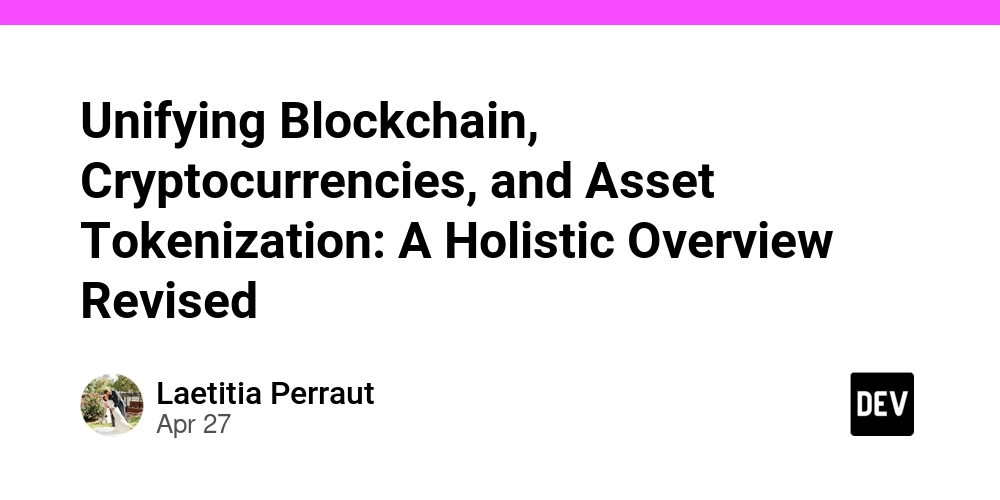
Abstract
This post offers a comprehensive look at how blockchain technology, digital currencies, and asset tokenization converge to redefine modern finance. We explore historical context, critical features, practical use cases, regulatory and technical challenges, and emerging trends such as interoperability and open-source funding. With technical yet accessible language, detailed tables and bullet lists, and relevant links to authoritative sources—including our Original Article—this post provides a clear roadmap for both seasoned developers and newcomers interested in this rapidly evolving space.
Introduction
Blockchain technology is at the heart of digital transformation today. Its distributed ledger and decentralized mechanisms have paved the way for cryptocurrencies and asset tokenization, revolutionizing traditional finance and ownership models. This post is designed to explain how these three key domains—blockchain, cryptocurrencies, and asset tokenization—intertwine to empower everything from global payments and DeFi applications to fractional ownership of high-value assets. We will also provide insights into technical innovations such as smart contracts, cross-chain bridges like the Arbitrum Bridge, and regulatory challenges facing the ecosystem.
Background and Context
Blockchain first emerged as a trustless, decentralized solution during a period of financial crisis in 2008. The technology’s core concept was to use a distributed ledger to secure transactions without relying on centralized authorities. The advent of Bitcoin demonstrated that cryptography and decentralization could together eliminate many inefficiencies in traditional finance.
Over a decade later, blockchain has evolved into a robust ecosystem:
Digital Currencies: Cryptocurrencies leverage blockchain technology to offer global, low-cost, and rapid transactions. They remove intermediaries and ensure privacy and security through cryptographic techniques.
Asset Tokenization: Real-world assets, from property to art, are converted into digital tokens stored on a blockchain. This process creates liquidity in markets where traditionally high entry barriers existed.
Open-Source Movement: By embracing open-source principles, blockchain platforms have accelerated innovation. Code transparency fosters trust and collaboration, which is crucial in building resilient ecosystems.
Historically, blockchain’s evolution has been marked by milestones such as the creation of Bitcoin, the explosion of Ethereum with its smart contracts, and the proliferation of decentralized finance (DeFi) applications. Today, the momentum continues with platforms that facilitate cross-chain interoperability—ensuring that digital assets can move seamlessly between different blockchains—as detailed in the in-depth exploration available at Arbitrum and Blockchain Interoperability.
Core Concepts and Features
Understanding how blockchain, cryptocurrencies, and asset tokenization work begins with grasping some core technical principles:
Blockchain Fundamentals
- Distributed Ledger Technology (DLT): All transactions are recorded on a network shared by multiple nodes, ensuring transparency and redundancy.
- Decentralization: No single entity has control; every participant maintains a copy of the ledger.
- Immutability: Once data is recorded, it can never be altered without consensus, preventing fraud.
- Security: Advanced cryptographic methods protect data integrity and secure transactions.
These features provide a strong foundation for applications that prioritize security, transparency, and efficiency.
Cryptocurrencies and Digital Payments
Cryptocurrencies are digital assets that leverage blockchain technology. Key benefits include:
- Faster Transactions: Eliminating intermediaries speeds up cross-border transactions.
- Lower Costs: Reduced fees compared to traditional banking methods.
- Financial Inclusion: They enable underserved regions to access global financial systems.
Modern developments have introduced features such as smart contracts, which are self-executing agreements that remove the need for centralized oversight. Detailed audits and security assessments are crucial here, as advanced systems like those discussed at Arbitrum and Smart Contract Audits ensure trust.
Asset Tokenization
Tokenization takes physical or intangible assets and converts them into digital tokens. This process offers:
- Liquidity: Enables real estate, art, and even collectibles to be easily traded.
- Fractional Ownership: Investors can own a portion of expensive assets, democratizing investment opportunities.
- Transparency: Every token transaction is recorded on a blockchain, verifying authenticity and provenance.
A simplified table below compares the three sectors:
| Technology | Key Features | Primary Benefits |
|---|---|---|
| Blockchain | Distributed ledger, decentralization, immutability | Enhanced transparency, security, and fraud prevention |
| Cryptocurrencies | Digital assets secured by cryptography, fast transaction speeds | Global payments, lower fees, increased financial inclusion |
| Tokenization | Digital representation of tangible/intangible assets | Liquidity, fractional ownership, expanded investment opportunities |
Interoperability and Cross-Chain Communication
Interoperability is a crucial innovation in this space. Projects like the Arbitrum Bridge allow different blockchain networks to communicate. This enhances the utility of digital assets, ensuring that various financial services and tokenized assets can coexist seamlessly. Such advances facilitate efficient decentralized finance (DeFi) strategies like yield farming, discussed in more detail at Arbitrum and De-Fi Yield.
Applications and Use Cases
The convergence of blockchain, cryptocurrencies, and tokenization is visible across several real-world applications. Here are some notable examples:
1. Real Estate Fractional Ownership
Traditionally, real estate investments required substantial capital and long transaction times. By tokenizing property, segments of an asset can be divided into digital tokens representing fractional ownership. This makes it possible for a broader range of investors to participate in lucrative real estate markets. For instance, a premium commercial property may be split among many investors without the need for lengthy legal processes, fostering enhanced liquidity and diverse funding structures.
2. Art and Digital Collectibles
The art world has seen a dramatic transformation thanks to non-fungible tokens (NFTs). These unique digital tokens verify the ownership and provenance of artworks, ensuring authenticity on platforms that are gaining traction. Fractional ownership models in art investments allow enthusiasts to own a share of a masterpiece without the hefty price tag of the original. With blockchain verification systems—similar to those used in DeFi yield platforms—the art market is becoming more accessible and transparent. Explore more on NFTs in the detailed discussion at Arbitrum and NFT Marketplaces.
3. Supply Chain Management
Blockchain’s ability to record immutable and verifiable transactions makes it an excellent tool for supply chain management. By tokenizing physical assets along the supply chain, companies can track products from manufacture to delivery. This ensures that the origin of goods is verifiable and reduces the probability of fraud. The enhanced transparency builds trust among manufacturers, retailers, and consumers alike.
Key Benefits in Use Cases (Bullet List)
- Enhanced Transparency: Immortal ledger records ensure data integrity and reduce fraud.
- Efficiency: Transaction speeds are increased and intermediaries are eliminated.
- Accessibility: Fractional ownership models open new markets for investment.
- Global Reach: Digital assets enable international trade with minimal friction.
- Security: Cryptographic techniques protect data and asset ownership.
Challenges and Limitations
Despite immense potential, there are challenges that remain:
Regulatory Uncertainty
A major hurdle is the lack of harmonized regulatory frameworks. Varying laws across jurisdictions make compliance difficult for cross-border transactions. Authorities are still negotiating the balance between innovation and consumer protection. For a closer look at these challenges, see Arbitrum and Regulatory Compliance.
Scalability and Security Concerns
Although blockchain offers robust security, many platforms face scalability issues. These issues include high transaction fees (often referred to as gas fees), network congestion, and slower transaction processing during peak times. Moreover, vulnerabilities in smart contracts can lead to significant security risks, making detailed audits essential.
Environmental Impact
Some blockchain networks, particularly those using proof-of-work, have attracted criticism for high energy consumption. The shift towards greener consensus mechanisms like proof-of-stake is crucial for sustainable growth. Addressing environmental concerns is not only good for the planet but also helps attract broader institutional interest.
Standardization and Interoperability Issues
Fragmentation remains a challenge as incompatible systems often hinder seamless integration between different blockchains and tokenization frameworks. Standardizing asset tokenization protocols and blockchain implementations is essential for increasing adoption and ensuring market compatibility.
Future Outlook and Innovations
Looking ahead, the intersection of blockchain, digital currencies, and asset tokenization promises significant advancements:
1. Enhanced Interoperability
Future systems will continue to prioritize cross-chain communication. Improving interoperability will further integrate various asset classes, enabling even smoother transitions between different blockchain networks. Projects such as Arbitrum and Blockchain Interoperability exemplify the push towards a more unified ecosystem.
2. Adoption of Layer-2 Scaling Solutions
Layer-2 solutions are evolving to tackle scalability issues by reducing transaction fees and latency. These technologies will play a key role in supporting real-time applications such as decentralized exchanges and yield farming protocols.
3. Regulatory Harmonization and Ecosystem Maturity
As governments worldwide gain a better understanding of these technologies, regulations are expected to become more predictable. This will foster an environment where innovation and institutional investment can thrive. Collaborations between industry stakeholders and regulators will likely result in standard protocols that support transparent and efficient digital transactions.
4. Environmental Sustainability
The continued transition towards energy-efficient consensus mechanisms will help reduce the environmental footprint of blockchain technology. Innovations in energy consumption, combined with initiatives such as carbon credits on blockchain, indicate a promising future for sustainable blockchain practices.
5. Expanded Applications Driven by Open-Source Initiatives
Open-source communities are accelerating innovation in blockchain. Increased funding and community participation—as tracked by platforms like Gitcoin on Dev.to—are allowing for more resilient and user-centric technological advancements. These movements support a future where digital currencies, asset tokenization, and decentralized applications drive unprecedented economic opportunities.
Summary
In this post, we explored how blockchain technology, cryptocurrencies, and asset tokenization are uniting to transform traditional financial systems. We provided a historical context that demonstrates blockchain’s evolution from a niche idea into a robust ecosystem powering global payments, real estate investments, supply chain management, and even art markets. By breaking down core concepts—from distributed ledgers and smart contracts to cross-chain interoperability—we highlighted the tangible benefits of digital currencies and tokenized assets.
At the same time, we addressed the regulatory, technical, and environmental challenges that need to be overcome. Looking forward, the push towards better interoperability, Layer-2 scaling, and sustainable practices will pave the way for broader adoption of these technologies. Open-source funding initiatives and community-driven projects are likely to further democratize access to high-value assets, stimulating about a future with enhanced transparency, global participation, and economic inclusivity.
Further Reading and Resources
To dive even deeper into these topics, consider exploring the following resources:
- Arbitrum and Blockchain Interoperability
- Arbitrum and Smart Contract Audits
- Arbitrum Bridge
- Arbitrum and NFT Marketplaces
- Arbitrum and De-Fi Yield
For additional perspectives on open-source funding and innovation, check out these posts on Dev.to:
- The Rise of Crowdfunding Platforms: A Deep Dive into GitHub Sponsors vs. Patreon
- Blockchain, NFTs, and Open Source Technologies: A Sustainable and Innovative Future
- Empowering Innovation: The Role of Open Source Project Funding Platforms
By staying informed and engaged with these evolving trends, industry professionals and enthusiasts can harness the full potential of these transformative technologies.
Embracing blockchain, cryptocurrencies, and tokenization not only revolutionizes financial systems but also democratizes access to technology and assets worldwide. Through ongoing innovation and collaboration, the future of this digital ecosystem appears both sustainable and inclusive.






























































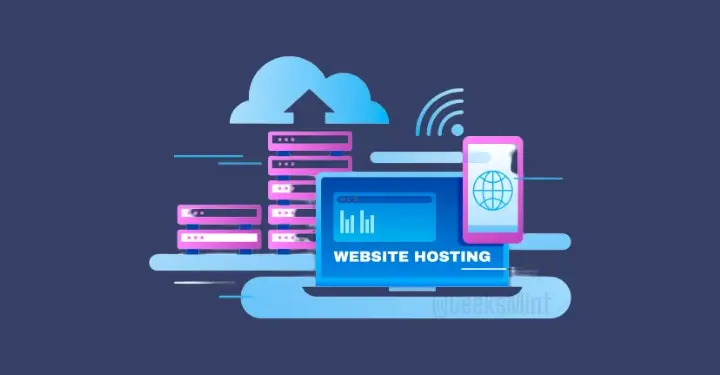



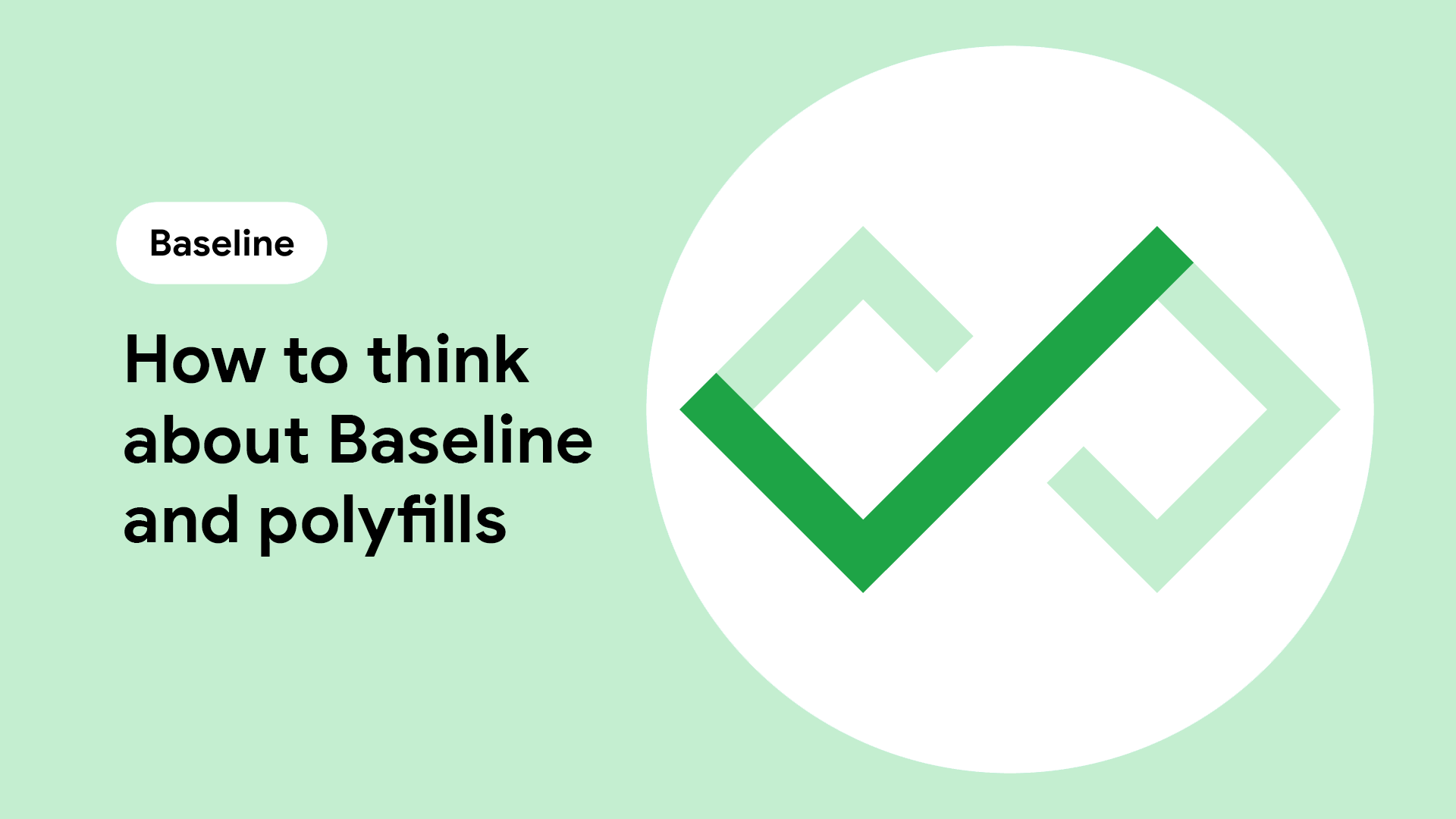




![M4 MacBook Air Drops to Just $849 - Act Fast! [Lowest Price Ever]](https://www.iclarified.com/images/news/97140/97140/97140-640.jpg)
![Apple Smart Glasses Not Close to Being Ready as Meta Targets 2025 [Gurman]](https://www.iclarified.com/images/news/97139/97139/97139-640.jpg)
![iPadOS 19 May Introduce Menu Bar, iOS 19 to Support External Displays [Rumor]](https://www.iclarified.com/images/news/97137/97137/97137-640.jpg)

















































































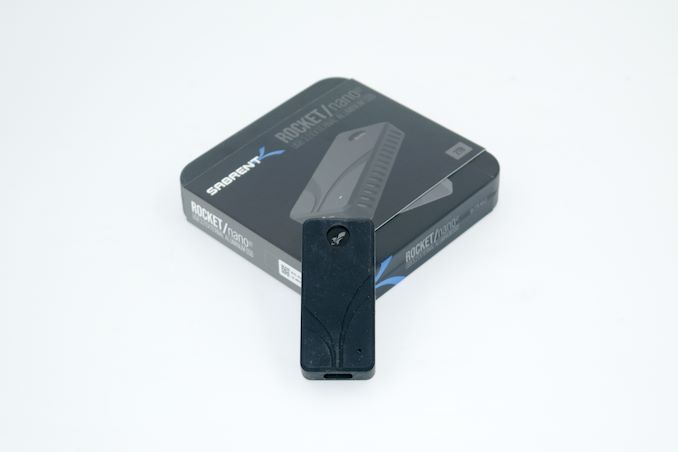





















 CISO’s Core Focus.webp?#)

_Olekcii_Mach_Alamy.jpg?width=1280&auto=webp&quality=80&disable=upscale#)




















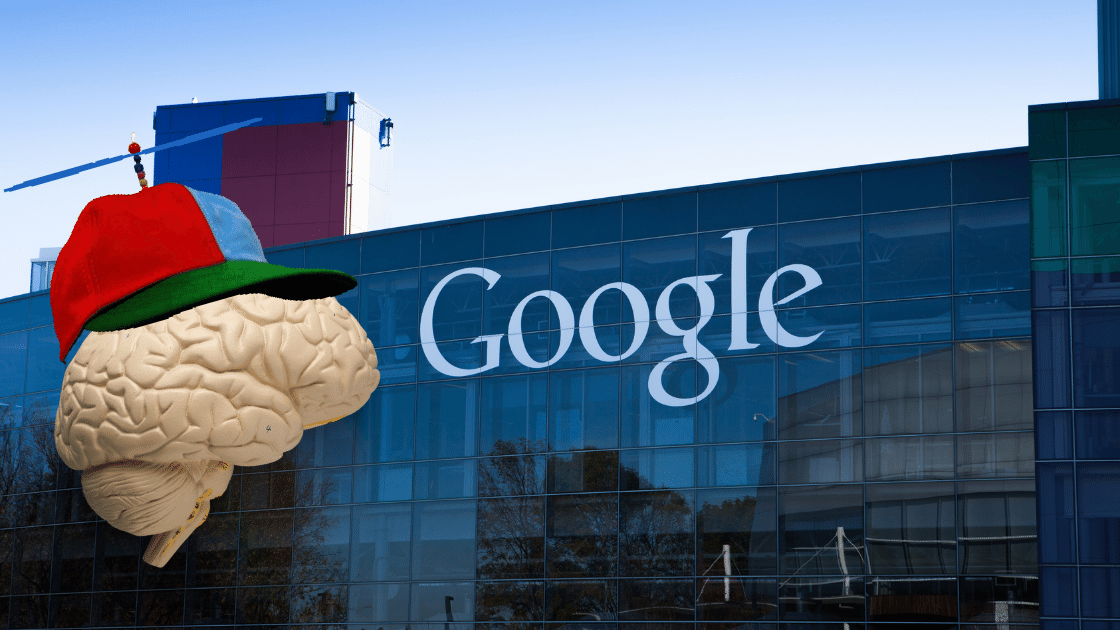



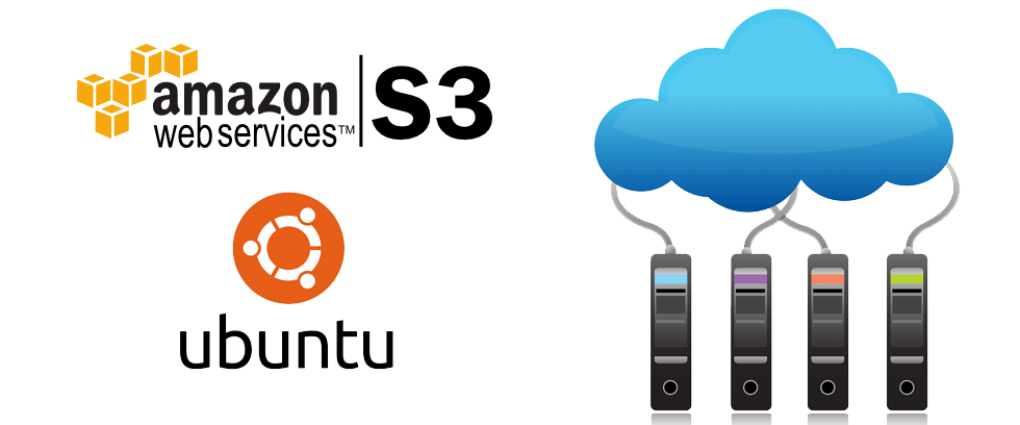
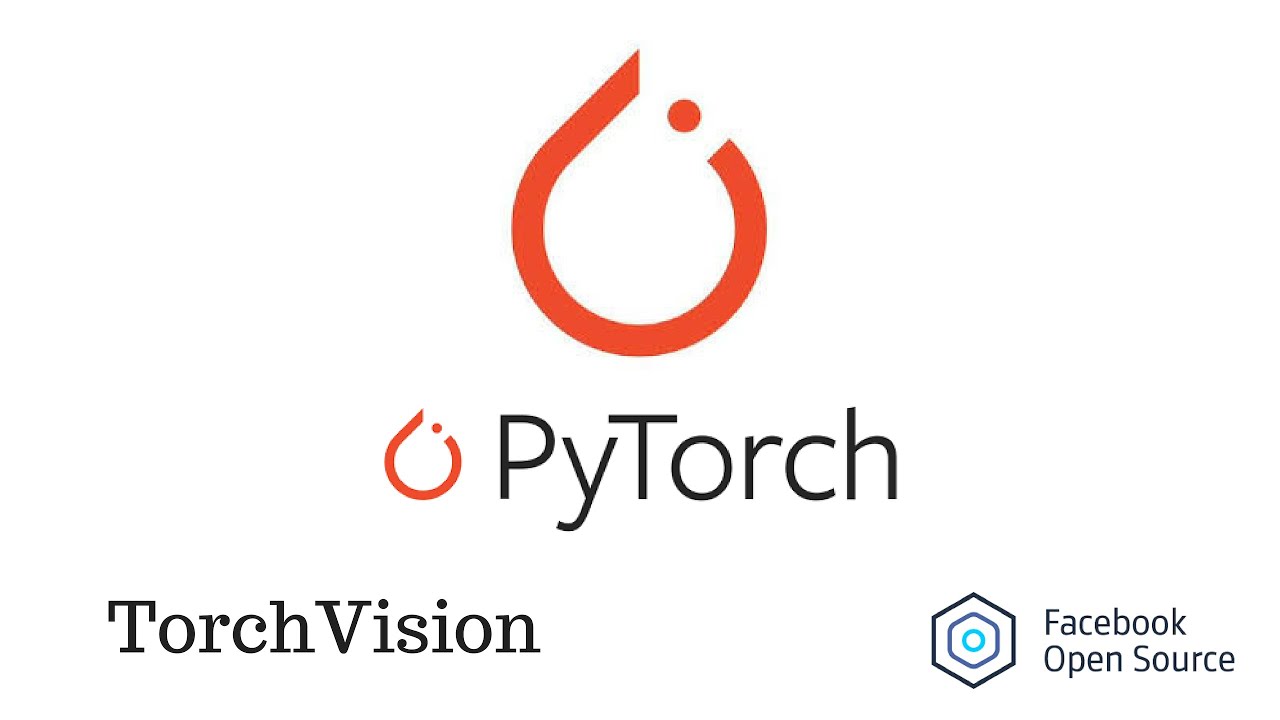
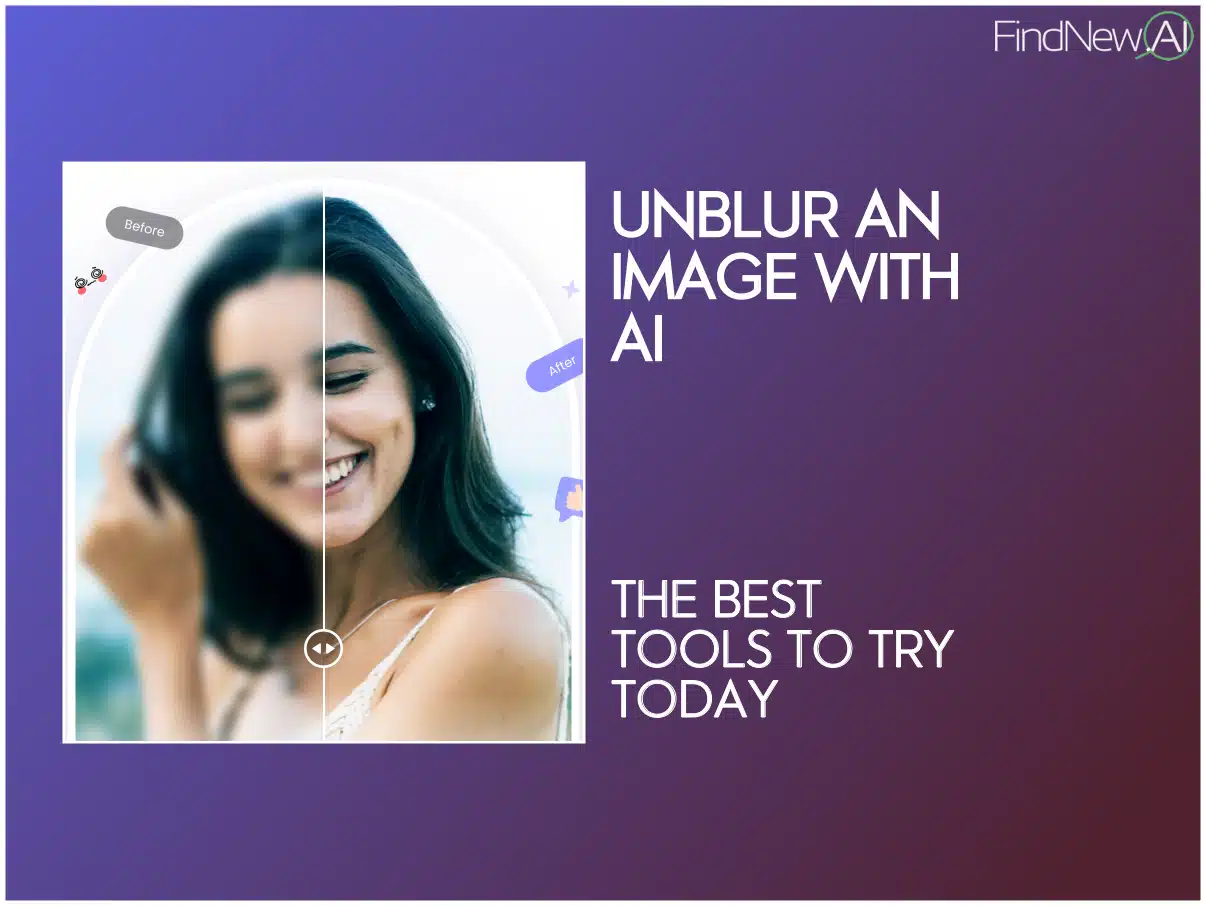










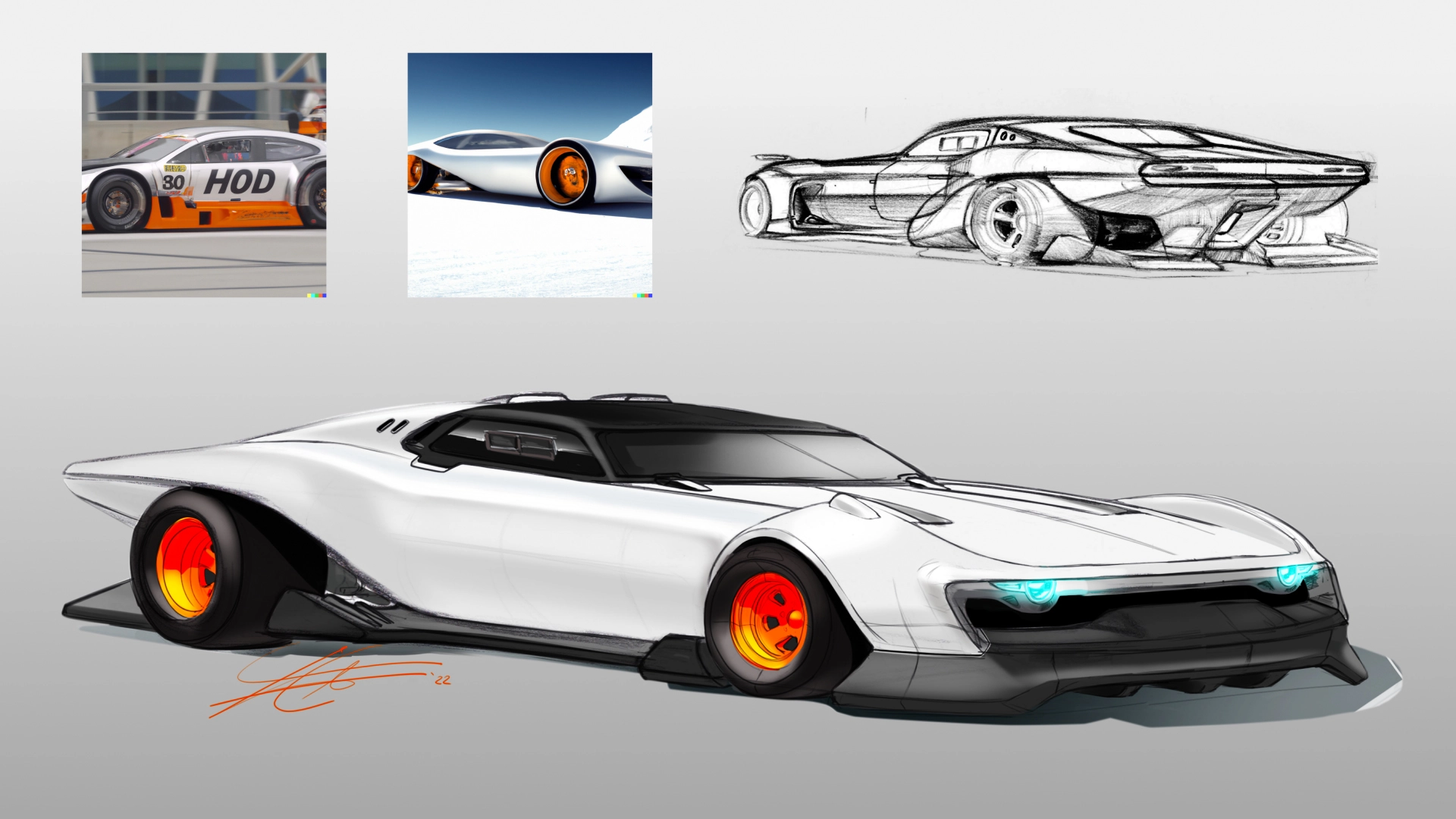











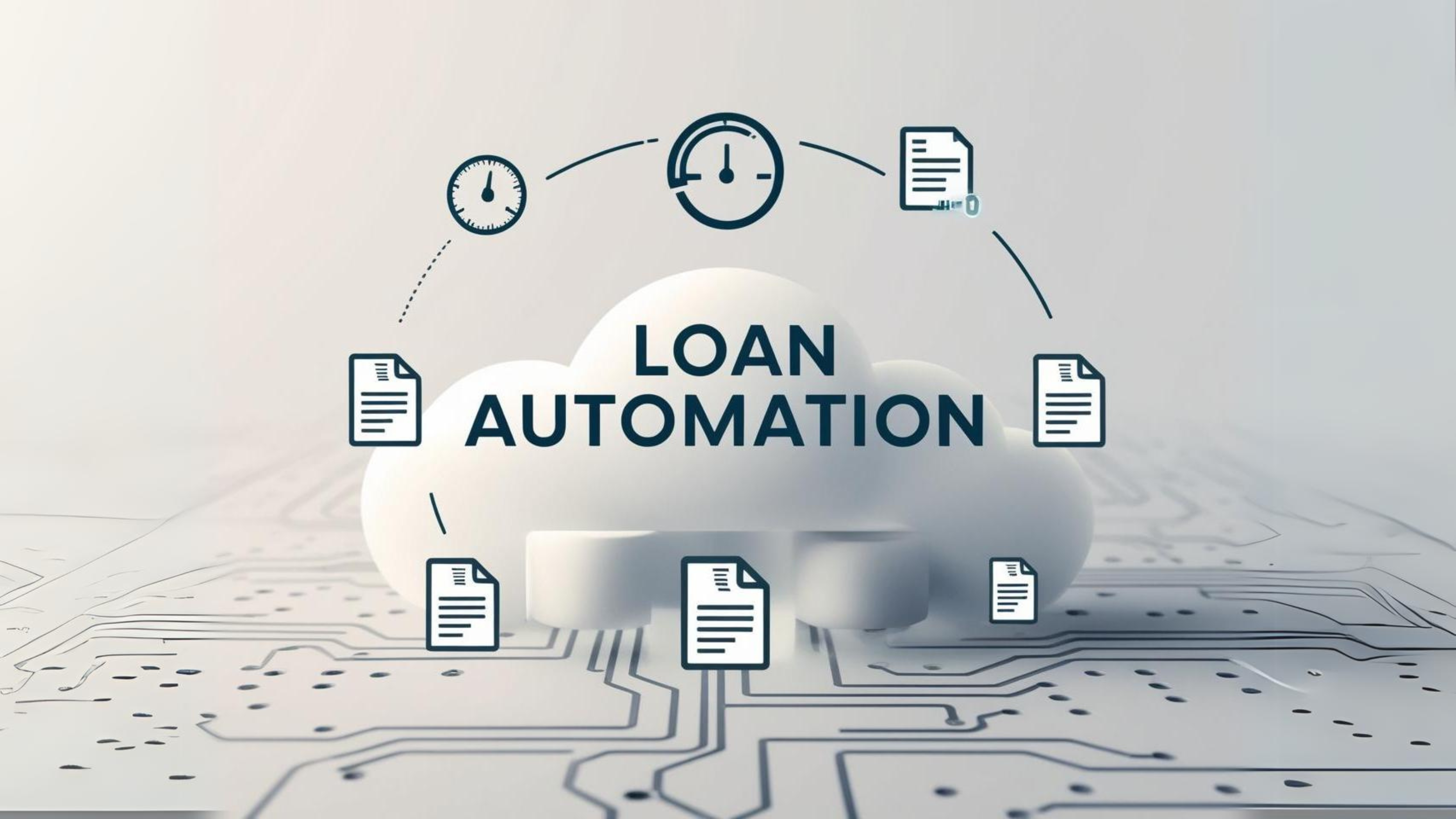
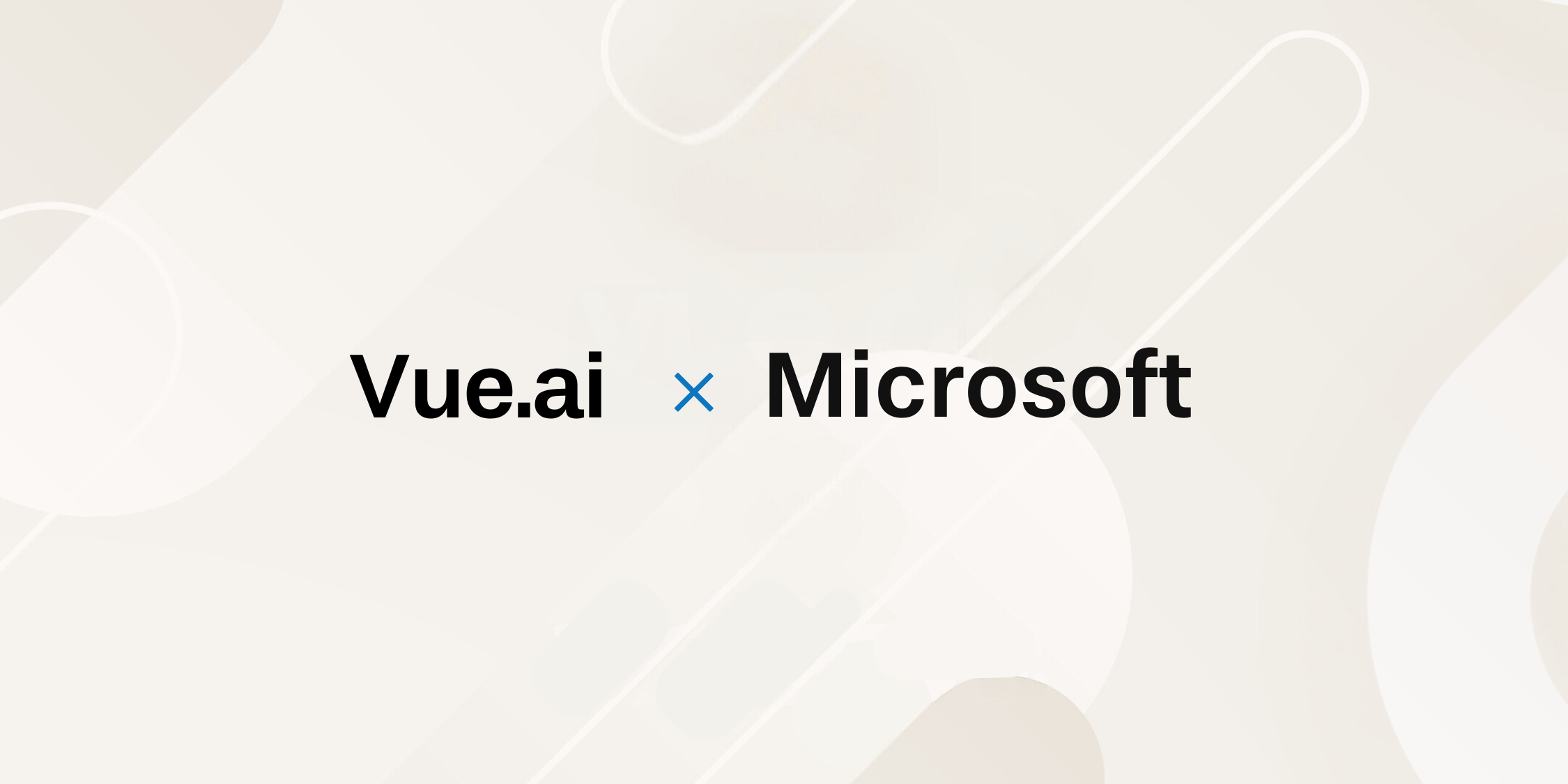




































































![[The AI Show Episode 144]: ChatGPT’s New Memory, Shopify CEO’s Leaked “AI First” Memo, Google Cloud Next Releases, o3 and o4-mini Coming Soon & Llama 4’s Rocky Launch](https://www.marketingaiinstitute.com/hubfs/ep%20144%20cover.png)





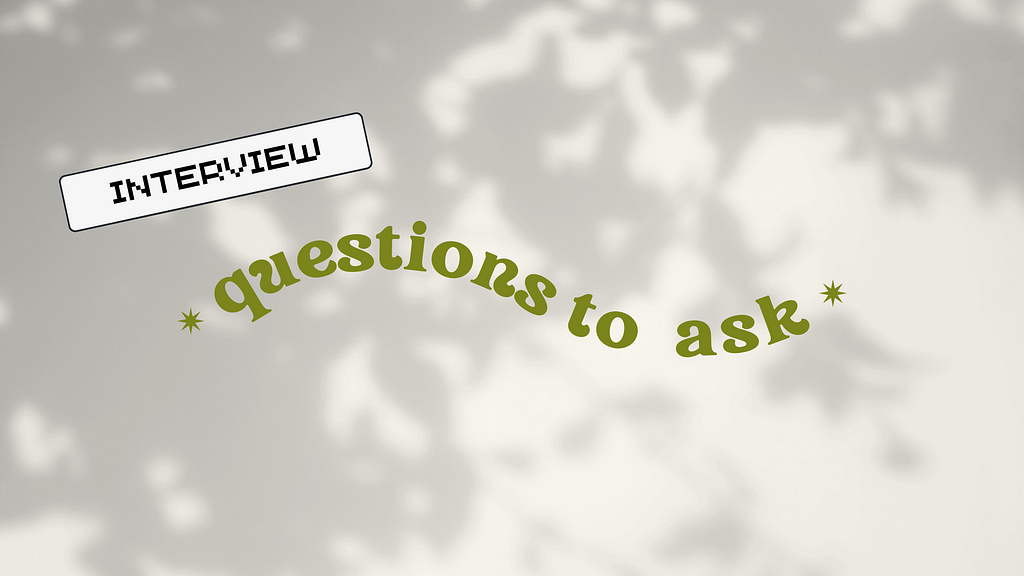





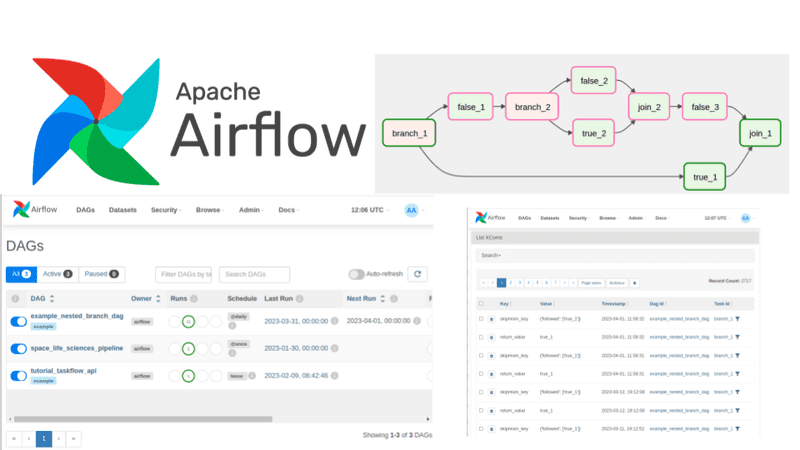



































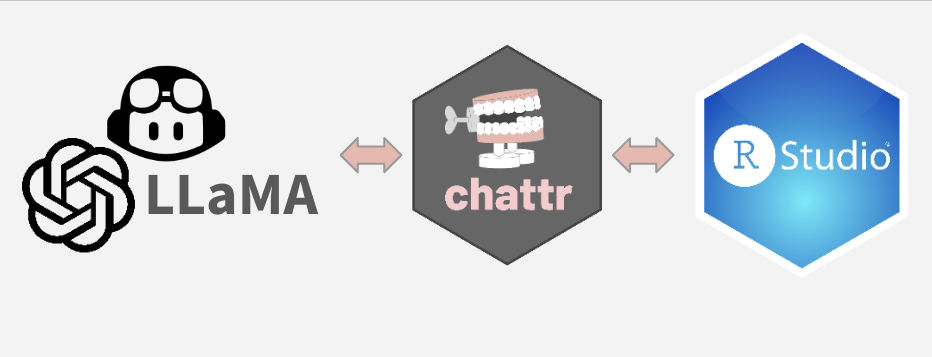
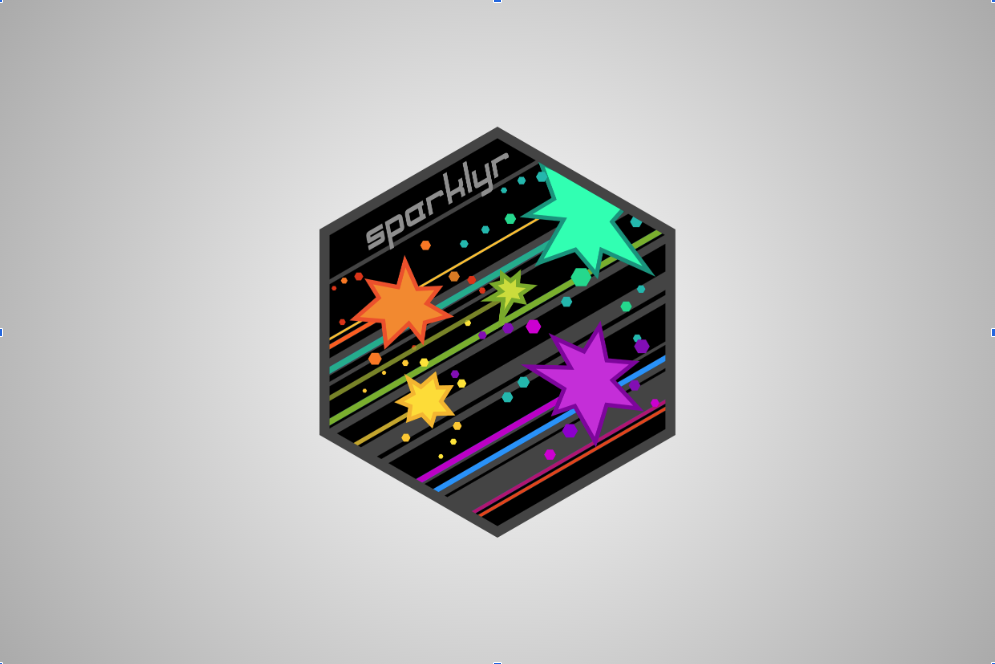














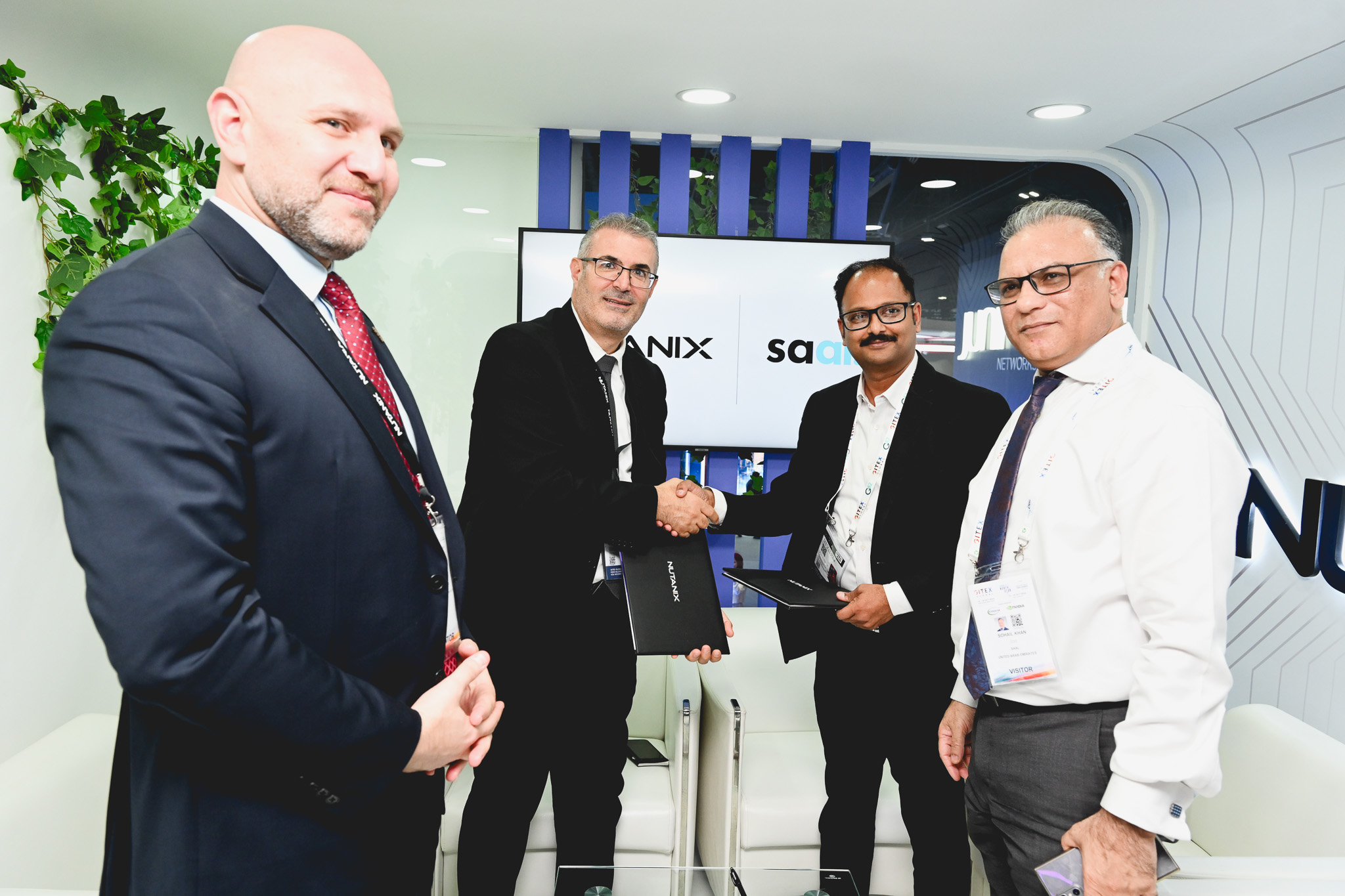






















































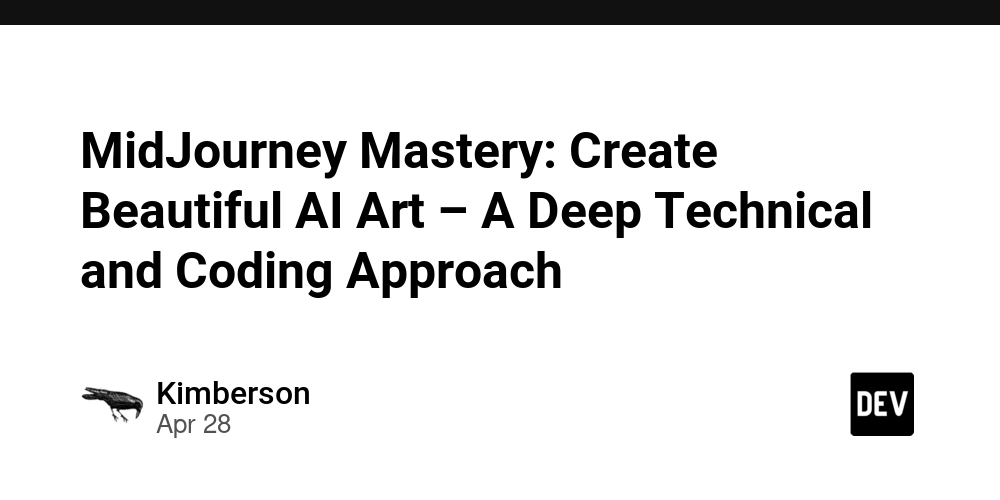

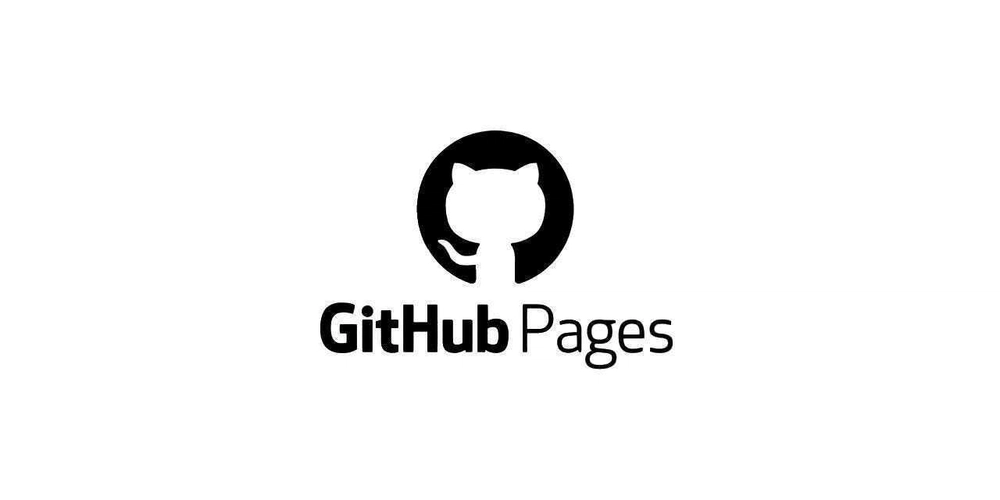
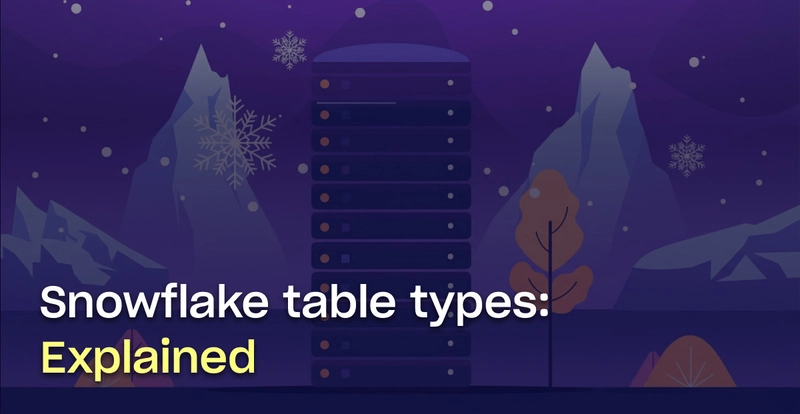













































![[DEALS] Koofr Cloud Storage: Lifetime Subscription (1TB) (80% off) & Other Deals Up To 98% Off – Offers End Soon!](https://www.javacodegeeks.com/wp-content/uploads/2012/12/jcg-logo.jpg)
























































































.jpg?width=1920&height=1920&fit=bounds&quality=70&format=jpg&auto=webp#)


